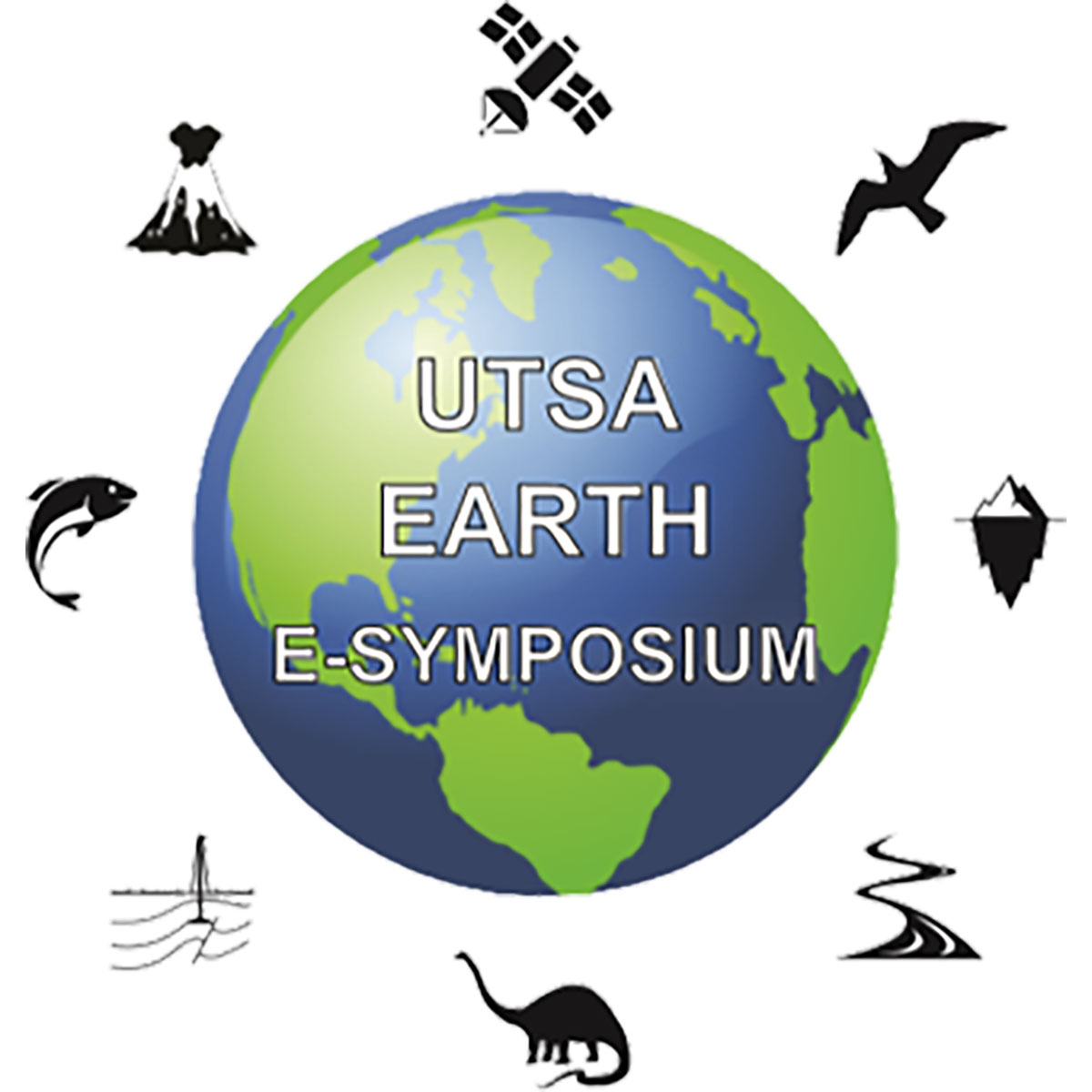Posted on September 7, 2020 by College of Sciences

UTSA Hosts First Earth Symposium Online
By Lauren Moriarty
UTSA's Department of Geological Sciences and Department of Environmental Science and Ecology recently hosted the first UTSA Earth Symposium fully online. The day-long event included both oral and poster presentations that showcased ongoing research focusing on the different components of the Earth system as well as their ecology, environment, and interaction.
Although poster sessions are historically in-person, the symposium proved that a virtual environment can offer a similarly interactive environment.
The departments first discussed the possibility of an online research symposium in May. Faced with the idea of a summer and fall semester online, they wanted to organize a way for students to gather and share their research.
"For some of our students, the symposium was their first opportunity to present their research to their peers and professors, and it is a big deal," said associate professor and symposium coordinator Alexis Godet . "The week after the symposium, I discussed with one of the presenters who reported how stressed she was before and how she feels proud of herself now and is looking forward to her next conference presentation. This is what I wanted to achieve: empowering students, making them proud of their achievements, and fostering their transition into the reality of research that includes dissemination of results at conferences."
For Aaron Morrison , a fourth-year Geology Ph.D. student at the University of Missouri and a graduate research fellow at UTSA, the symposium was a valuable opportunity to share knowledge and learn from a diverse audience. Morrison's presentation focused on his progress on a NASA-funded project that measures the rheology of potential cryovolcanic lavas.
"Many of the icy moons in the outer solar system are suspected of having subsurface oceans beneath an outer ice shell where conditions may be favorable to support life," Morrison explained. "Volcanic processes, similar to those we see on Earth, may be occurring on these bodies bringing ocean material, or even life, to the surface where we have easier access to it. Better understanding of these volcanic processes and how analogous they are to Earth systems will help us better understand if and how life could survive to be detected on the surface."
Morrison won second place for his oral presentation.
"We are so grateful for the support from VPREDKE, which provided $1000 of cash awards to the top six presenters," said Geological Sciences department chair Hongjie Xie . "We would also like to thank Dean Silva for his supportive and thoughtful opening remarks."
Julia Cisneros, a geologist and Ph.D. candidate at the University of Illinois, was the keynote speaker.
Cisneros's NSF-funded research seeks to identify the key mechanisms driving bedform formation and evolution across different environments.
"Julia Cisneros delivered an excellent, engaging and inspiring talk on a topic at the intersection of geomorphology, sedimentology and fluvial environment," said Godet. "Not only did she discuss her achievements as a scientist, which exemplified the numerous opportunities available to young scientists, but she also talked about her pathways as a Latina in geosciences. As such, she served as a potential role model for many of our students."
"All of our federal agency partners and funding agencies want multidisciplinary partnerships and solutions to problems," said Janis Bush , chair of the Department of Environmental Science and Ecology. "This symposium allowed us to show how our research overlaps, and how our departments can work together to solve real world problems. We look forward to future collaborations and next year's symposium."

